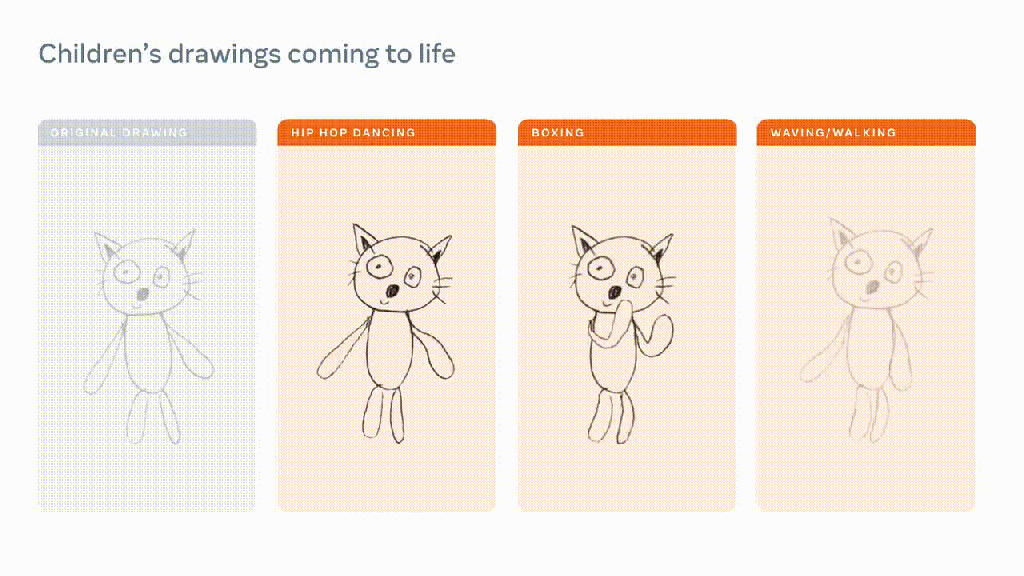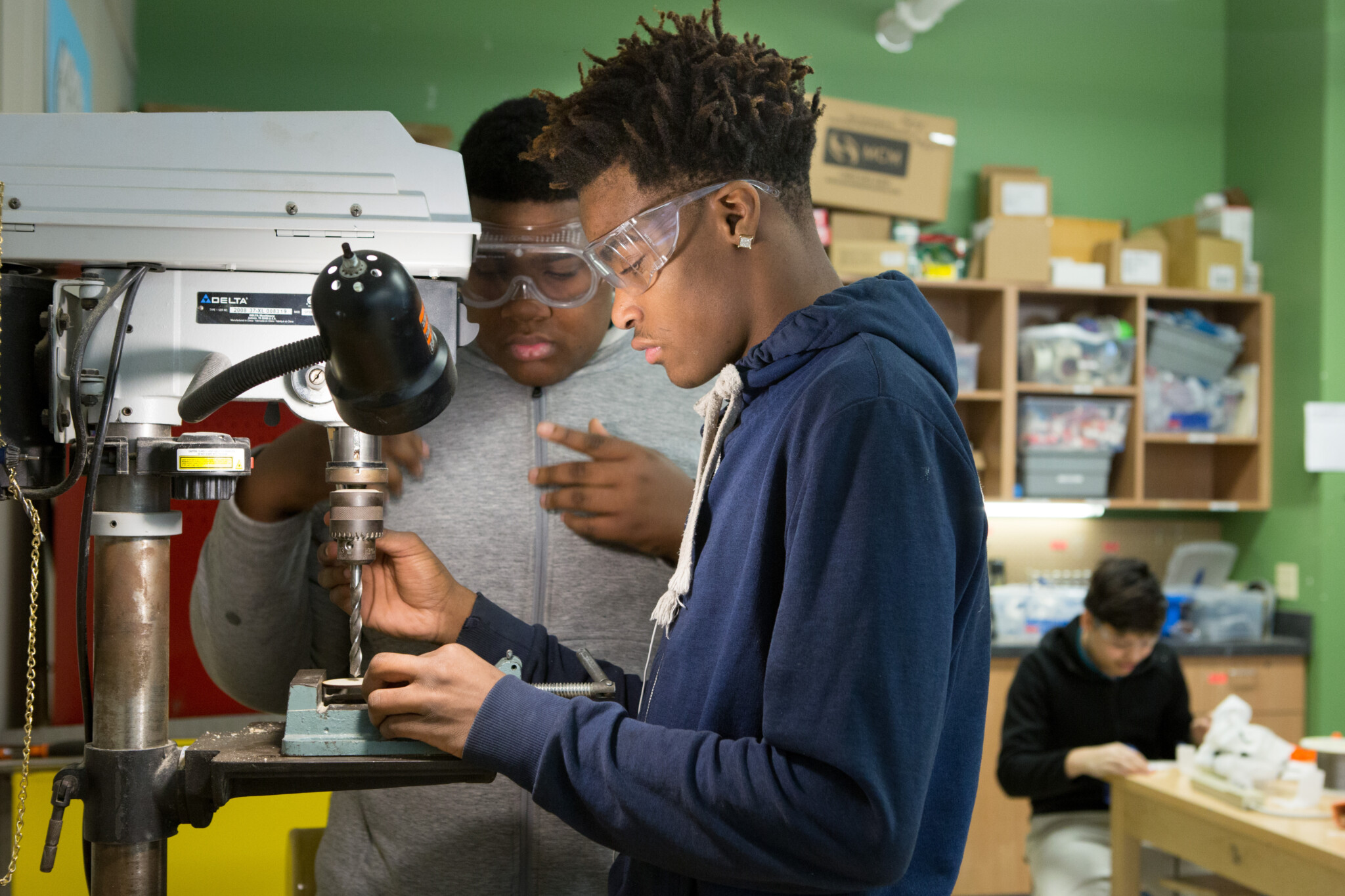When schools and families go to court over special education, everyone loses — from wfyi.org by Lee Gaines
While federal law mandates public schools provide an appropriate education to students with disabilities, it’s often up to parents to enforce it.
Schwarten did what few people have the resources to do: she hired a lawyer and requested a due process hearing. It’s like a court case. And it’s intended to resolve disputes between families and schools over special education services.
It’s also a traumatic and adversarial process for families and schools that can rack up hundreds of thousands of dollars in legal fees and destroy relationships between parents and district employees. And even when families win, children don’t always get the public education they deserve.
Future of Learning: Native American students have the least access to computer science — from The Hechinger Report by Javeria Salman
But computer science lessons like the ones at Dzantik’i Heeni Middle School are relatively rare. Despite calls from major employers and education leaders to expand K-12 computer science instruction in response to the workforce’s increasing reliance on digital technology, access to the subject remains low — particularly for Native American students.
Only 67 percent of Native American students attend a school that offers a computer science course, the lowest percentage of any demographic group, according to a new study from the nonprofit Code.org. A recent report from the Kapor Foundation and the American Indian Science and Engineering Society, or AISES, takes a deep look at why Native students’ access to computer and technology courses in K-12 is so low, and examines the consequences.
The Case for Andragogy in Educator Development — from Dialogic #341 by Tom Barrett
Understanding the Disconnect
We often find ourselves in professional development sessions that starkly contrast with the interactive and student-centred learning environments we create. We sit as passive recipients rather than active participants, receiving generic content that seldom addresses our unique experiences or teaching challenges.
This common scenario highlights a significant gap in professional development: the failure to apply the principles of adult learning, or andragogy, which acknowledges that educators, like their students, benefit from a learning process that is personalised, engaging, and relevant.
The irony is palpable — while we foster environments of inquiry and engagement in our classrooms, our learning experiences often lack these elements.
The disconnect prompts a vital question: If we are to cultivate a culture of lifelong learning among our students, shouldn’t we also embody this within our professional growth? It’s time for the professional development of educators to reflect the principles we hold dear in our teaching practices.
















